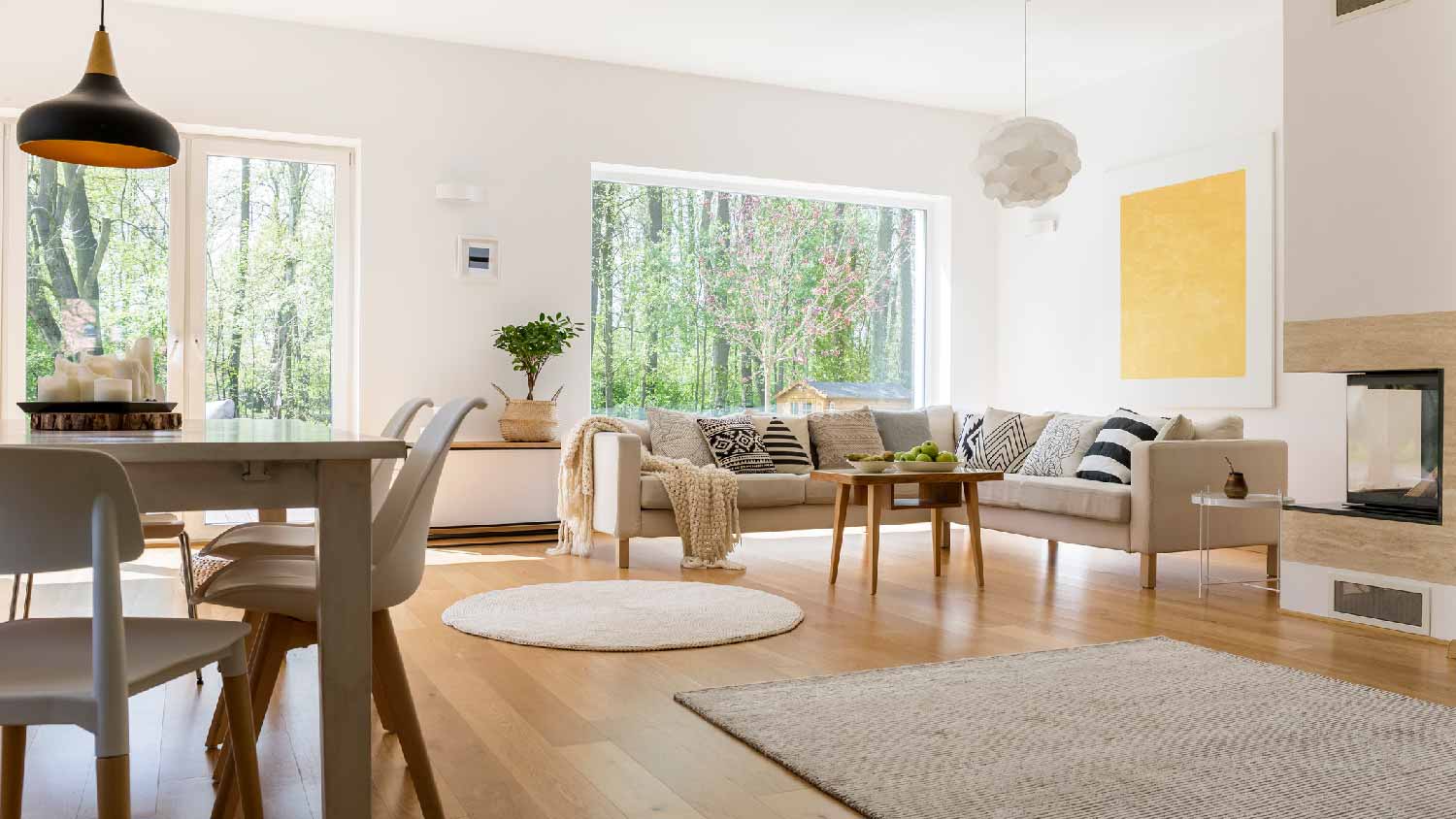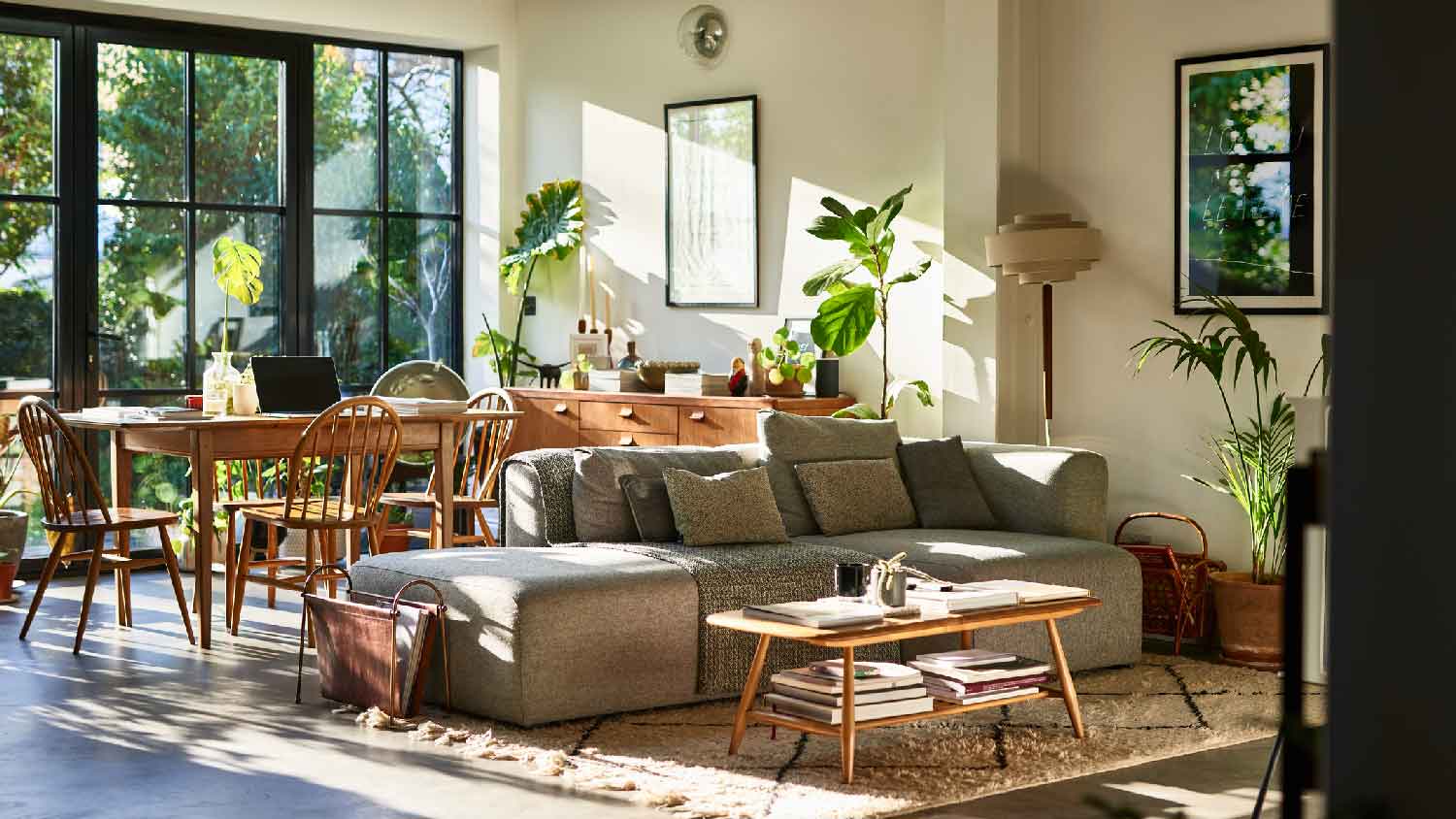
Ozone treatment can help with lingering smoke odors. Learn about ozone smoke removal costs to get an accurate idea of how to budget for this service.
Get familiar with the answers to these burning questions


Nothing is more important to homeowners than safety, and fire protection and prevention are a big part of that. Smoke detectors, fire extinguishers, fire doors, and other additions ensure safety if an unfortunate fire occurs. Be prepared for a fire protection installation project by getting ready to discuss these fire prevention questions with a pro.
The location would be your home, but not all rooms require the same protection. Kitchen fires, for example, are more common than fires that start in the bathroom. The room housing your electrical box is also a key point in the home to focus on. This also applies to garages, rooms with fireplaces, and laundry rooms.
If you live in a home without fire protection or prevention systems, this should be considered priority one. However, if you’re just switching out one or two smoke detectors or changing a door so it’s more fire-resistant, you can allow a few days for the work to be completed. We recommend getting it done as soon as possible, as fires can start for many—often surprising—reasons.
Sprinkler systems are common in apartments due to fire regulations, but they should also be considered for your home. These devices can stop a fire that could take down your entire home in its tracks, often containing it in one room. Fire doors are an excellent addition, especially between the garage and the home, the basement and the main floor, and on bedroom doors. Lastly, smoke detectors are a must in every home. Contact your local smoke detector installation pro to create a plan that works for your home.
If you have an integrated system, you usually can’t add components that aren’t at least made by the same manufacturer. This is especially true for larger homes with more complicated systems, but if you’re adding additional devices to an existing system, make sure to triple-check (with your pro) that they are perfectly synchronized.
Even after fireproofing a house, you need to have a pro perform regular testing and routine maintenance. This is often every six months or annually, but we recommend six months as the absolute longest period between checks. Some common items to monitor are smoke alarm batteries, sprinkler functionality, carbon monoxide detectors, fuse boxes, appliance plugs, and almost everything in the kitchen, including the stove, fridge, and any other appliances.
From average costs to expert advice, get all the answers you need to get your job done.

Ozone treatment can help with lingering smoke odors. Learn about ozone smoke removal costs to get an accurate idea of how to budget for this service.

Fixing a slab leak requires finding the leak, digging a trench, breaking the slab, pipe lining, and more. Keep reading to learn how to fix a slab leak.

Water damage restoration costs depend on the severity of the problem, the type of water, and the length of time the damage has been occurring.

Dealing with the aftermath of a house fire is stressful. Make the process a little easier and more organized by using these fire damage cleanup tips.

Homeowners insurance is a boon in the face of water damage, but it doesn’t cover everything. Learn about the sudden and unexpected damages it does cover.

Your dry rot repair cost will depend on factors such as the extent and size of the damage and its location within your home. Here's what you need to know.